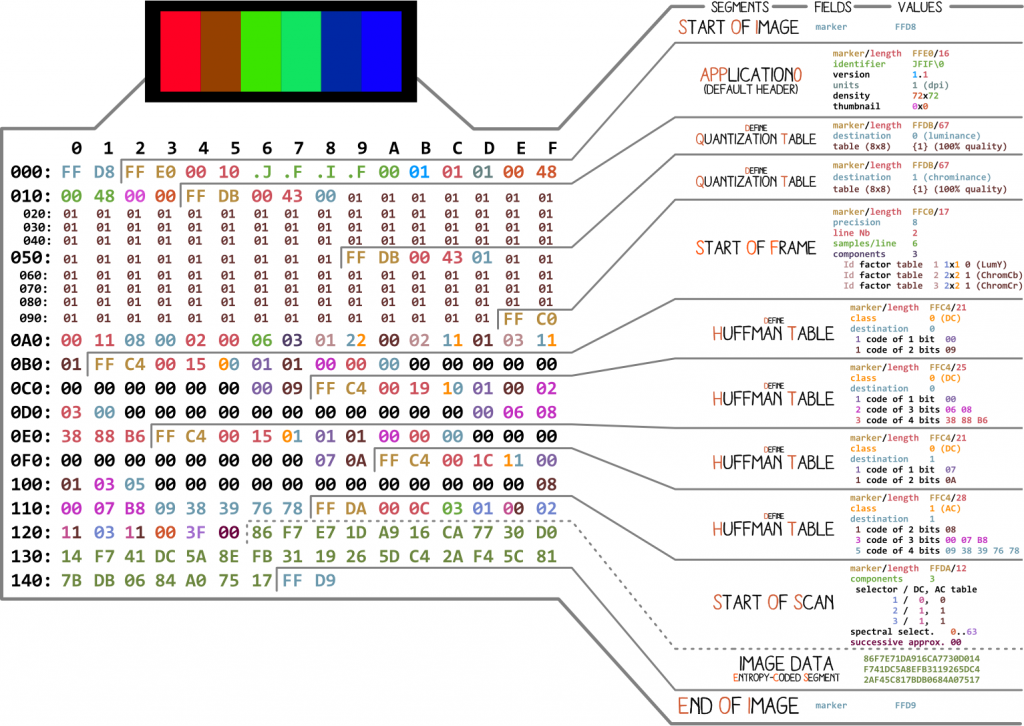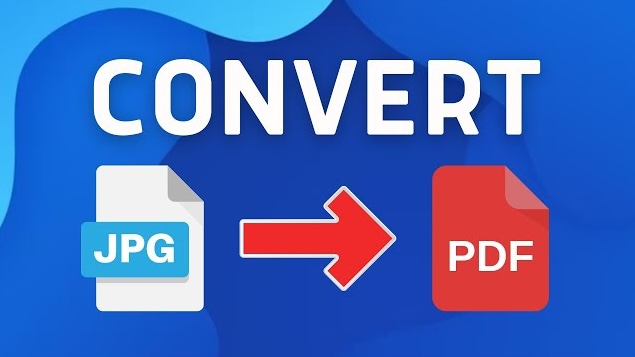Table of Contents
In today’s digital age, the need for efficient and versatile file conversion has become essential. One of the most commonly used file formats is the Joint Photographic Experts Group (JPEG) for images, while the Portable Document Format (PDF) is the go-to for documents. However, there are instances when the need arises to convert a JPEG to PDF file. This seemingly simple task can be daunting for beginners, as there are various methods and tools available.
With that in mind, this article aims to demystify the process of JPEG to PDF conversion and provide a comprehensive beginner’s guide. We will delve into the different methods of converting a JPEG to PDF, discuss their advantages and limitations, and provide step-by-step instructions for each method. By the end of this article, readers will have a clear understanding of the conversion process and be able to choose the most suitable method for their needs. So, let’s dive into the world of JPEG to PDF conversion and unlock the full potential of these two versatile file formats.
Understanding the JPEG file format

JPEG, short for Joint Photographic Experts Group, is a widely used file format for storing and transmitting digital images. It is a lossy compression algorithm, which reduces the file size by sacrificing some image quality. JPEG achieves this by analyzing the image and selectively discarding certain information that is less noticeable to the human eye.
This compression technique makes JPEG files smaller in size, making them ideal for online sharing and storage purposes. However, it’s important to note that each time a JPEG file is edited and saved, it undergoes additional compression, which can lead to a loss of image quality over time. Therefore, it is recommended to save the original file in a lossless format and only use JPEG for final distribution or displaying purposes.
Advantages of converting JPEG to PDF
Converting images, such as JPEG to PDF format offers several advantages that make it a popular choice for document management and sharing. Firstly, PDF files are highly versatile and can be viewed on any device or operating system without the need for specific software or plugins. This ensures that the content remains accessible and consistent, regardless of the recipient’s setup. Additionally, PDF files preserve the original formatting and layout of the document, including fonts, images, and colours.
This makes them suitable for professional documents, such as resumes, reports, and presentations, where maintaining the integrity of the design is crucial. Furthermore, PDF files can be password-protected and encrypted, providing an extra layer of security when sharing sensitive or confidential information. Lastly, PDFs support compression techniques, allowing for smaller file sizes without significant loss in quality, making them ideal for efficient storage and faster transmission over email or cloud services. Overall, converting images to PDF format simplifies document management, ensures compatibility, and enhances security, making it a valuable tool in various industries and everyday tasks.
Step-by-step conversion process
To convert a JPEG to PDF format, you can follow a step-by-step process that simplifies the task. Begin by selecting a reliable and user-friendly PDF conversion tool or software. This ensures a smooth and efficient conversion experience. Once you have the software in place, open the JPEG file you wish to convert. With most conversion tools, you can drag and drop the JPEG file into the program’s interface. Next, choose the desired output settings, such as the page size, orientation, and image quality. These options allow you to customize the PDF file according to your specific needs.
After configuring the settings, initiate the conversion process. The software will process the JPEG file and generate a PDF version of it. Once the conversion is complete, you can save the PDF file to your preferred location on your computer or cloud storage. It’s recommended to double-check the converted PDF file to ensure that the content and formatting align with your expectations. By following this step-by-step conversion process, you can effortlessly convert JPEG files to PDF format and make the most of the advantages that PDF files offer for document management and sharing.
Tools for converting effortlessly
Converting files effortlessly is made possible with the assistance of innovative tools designed for seamless conversions. These tools streamline the process, allowing users to convert various file formats with ease. By utilizing intuitive software or online platforms, individuals can convert their JPEG files to PDF format without any hassle. These tools offer a user-friendly interface, making it simple for beginners to navigate through the conversion process.
With just a few clicks, users can select the JPEG file they wish to convert, customize the output settings, and initiate the conversion. The tools handle the technical complexities behind the scenes, ensuring a smooth and efficient conversion experience. Whether it’s for professional or personal use, having reliable tools for effortless file conversion provides convenience and saves valuable time.
Tips for quality conversions every time
Achieving high-quality conversions consistently is essential when it comes to file conversion. To ensure optimal results, it is important to consider a few tips for quality conversions every time. Firstly, it is recommended to choose a reliable and reputable file conversion tool or platform that has a proven track record of delivering accurate and precise conversions. Additionally, paying attention to the output settings is crucial.
Adjusting parameters such as resolution, compression level, and colour space can significantly impact the quality of the converted file. It is also advisable to review the original file before conversion, ensuring that it is of the highest possible quality to maintain the integrity of the final converted document. Lastly, it is essential to follow the conversion process step-by-step and double-check the settings before initiating the conversion to minimize any potential errors. By following these tips, users can consistently achieve high-quality conversions, enhancing the overall efficiency and effectiveness of their file conversion process.
Conclusion
Converting JPEG files to PDFs may seem daunting, but with the right tools and knowledge, it can be a simple and efficient process. By following the steps outlined in this beginner’s guide, you can easily convert your JPEG images to high-quality PDF documents. Whether for personal or professional use, understanding the process of JPEG to PDF conversion can be a valuable skill to possess in today’s digital world. With practice, you will become a pro at converting files in no time. So leap and start converting your JPEGs to PDFs today!




